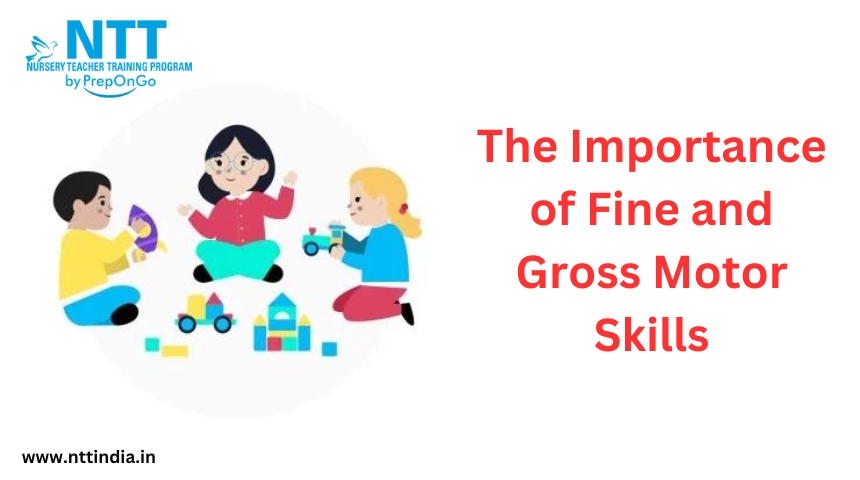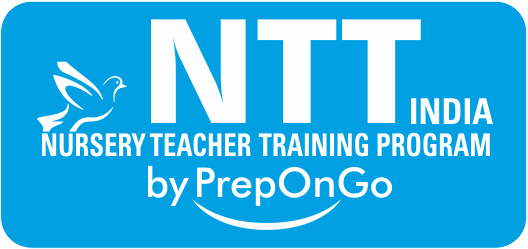The Importance of Fine and Gross Motor Skills

Fine and Gross Motor Skills are the building blocks of a child’s physical development. These skills are essential for a child’s overall growth and learning. Let’s dive deeper into understanding the importance of each.
What are Fine and Gross Motor Skills?
- Fine motor skills involve the small muscles in the hands, wrists, and fingers. Activities like writing, drawing, buttoning clothes, and cutting with scissors require strong fine motor skills.
- Gross motor skills involve the large muscle groups in the arms, legs, and torso. Activities like running, jumping, climbing, and throwing a ball rely on gross motor skills.
Why it is Important?
- Cognitive Development: Developing these skills helps children understand their bodies and the world around them.
- Academic Success: Strong motor skills are crucial for tasks like writing, drawing, and using manipulatives, which are fundamental to academic success.
- Independence: Children with well-developed motor skills can perform daily tasks independently, boosting their self-esteem.
- Physical Health: Regular physical activity promotes overall health, strengthens muscles, and helps maintain a healthy weight.
- Social Interaction: Playing games and participating in physical activities helps children develop social skills and cooperation.
How to Encourage Fine and Gross Motor Skills
- Fine Motor Skills: Activities like playing with playdough, puzzles, threading beads, and coloring help develop fine motor skills.
- Gross Motor Skills: Encourage activities like dancing, jumping, climbing, and playing outdoor games to enhance gross motor skills.
By incorporating activities that target both fine and gross motor skills into a child’s daily routine, you can lay a strong foundation for their overall development. Remember, every child develops at their own pace, so celebrate their achievements and provide plenty of opportunities for practice.
